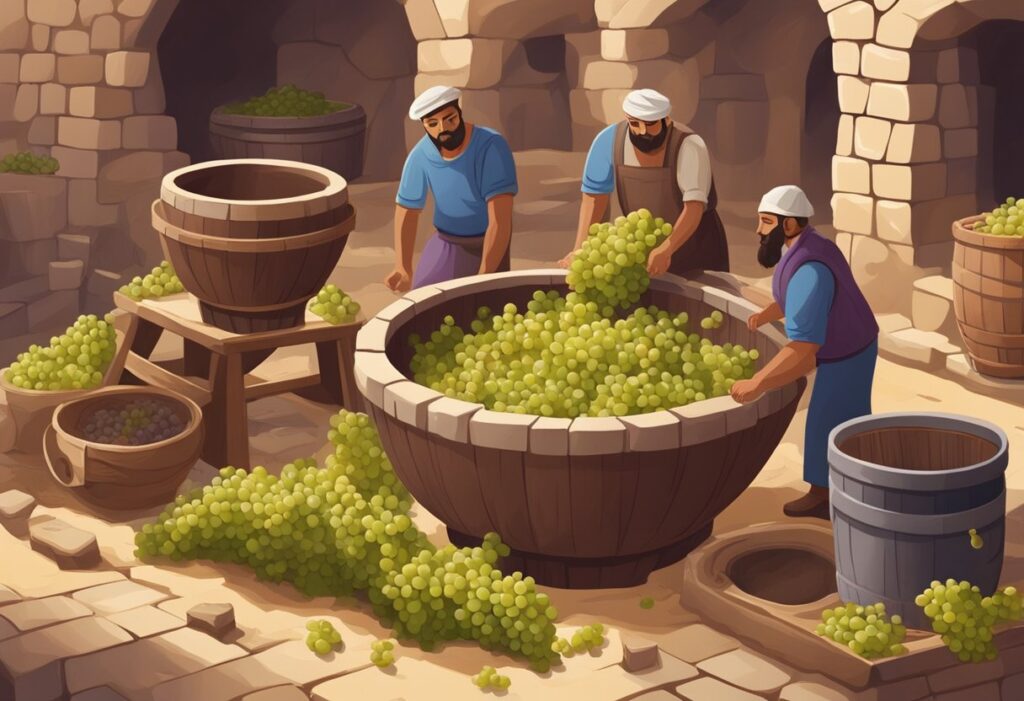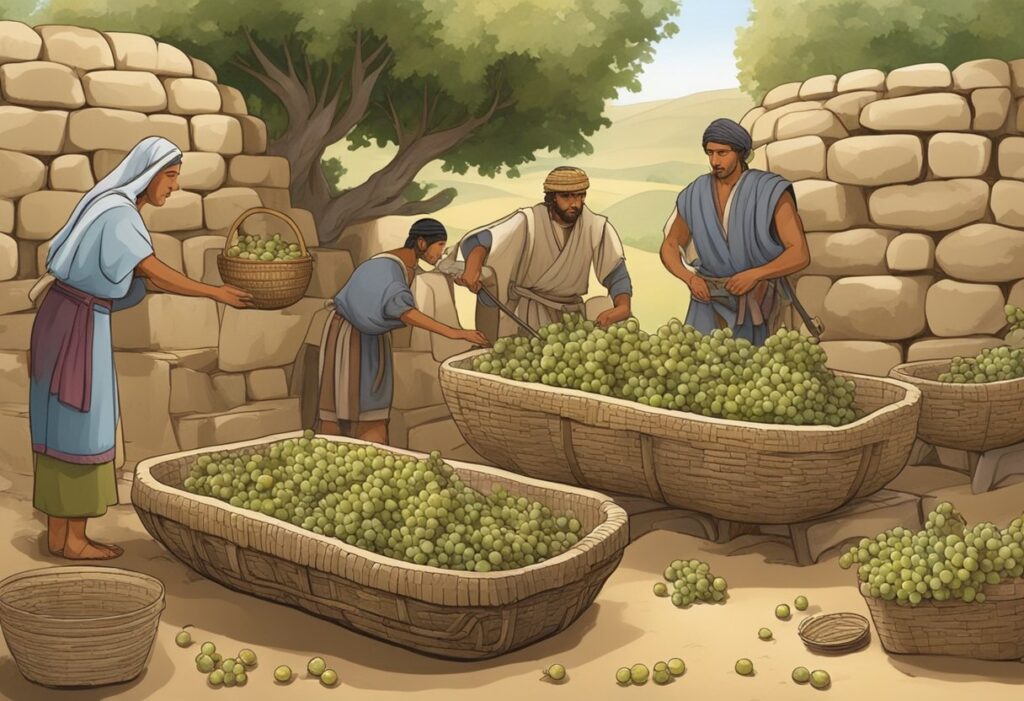When you think of wine, Bordeaux in France probably comes to mind. This region is renowned for its exceptional wine-making history that stretches back almost 2000 years, beginning with the Romans’ first vineyards. Today, Bordeaux is famed worldwide as a premier wine region, attracting enthusiasts and connoisseurs alike.
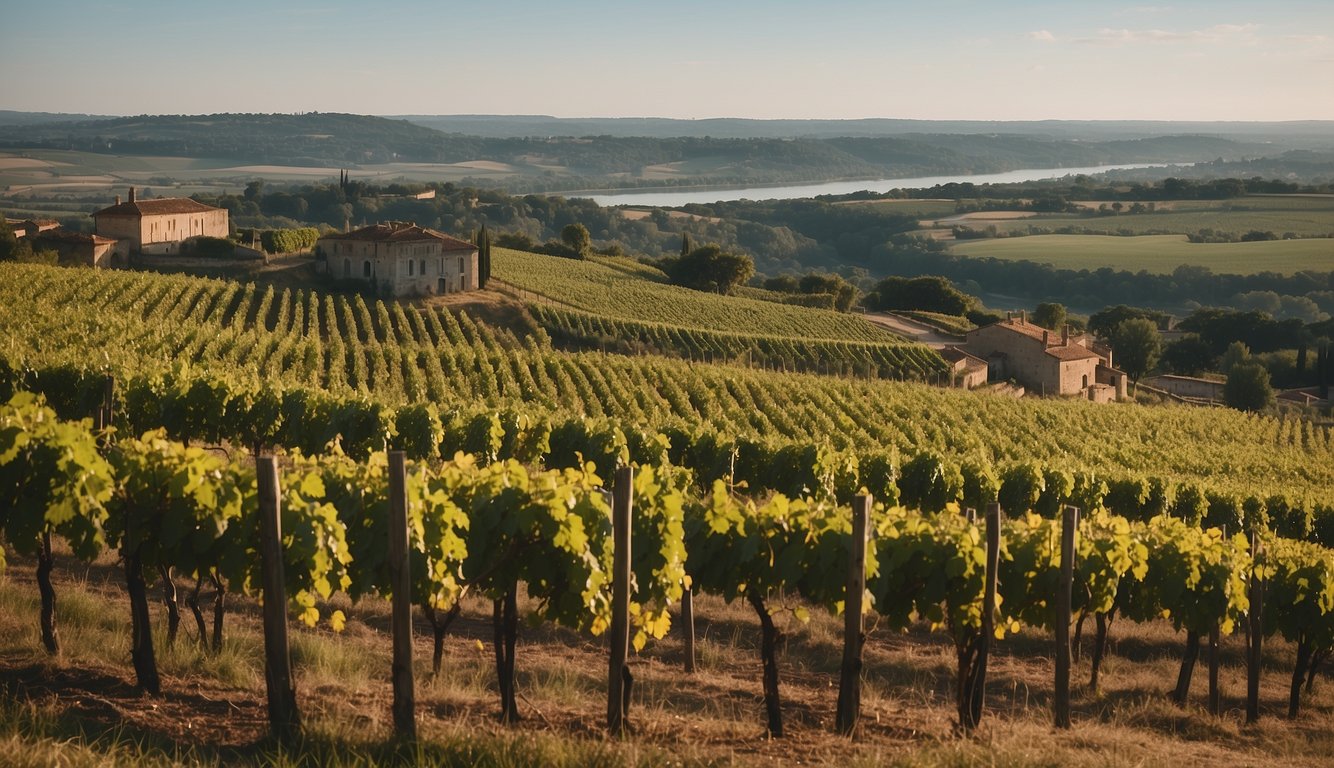
As you delve into the history, you’ll uncover how Bordeaux’s strategic location along the Gironde estuary and its tributaries, the Garonne and Dordogne rivers, played a crucial role in its development. The marriage of Henry Plantagenet and Eleanor of Aquitaine opened Bordeaux to the English market, paving the way for its global recognition. These rivers facilitated trade, allowing Bordeaux wines to reach markets far beyond France.
Furthermore, Bordeaux’s diverse range of red, white, and rosé wines showcases the region’s rich terroir and winemaking expertise. With accolades such as being voted the “Best European Destination 2015,” Bordeaux offers a unique blend of history, culture, and lifestyle that makes it truly stand out among the world’s top wine regions.
Birth of Bordeaux: Antiquity to the Middle Ages
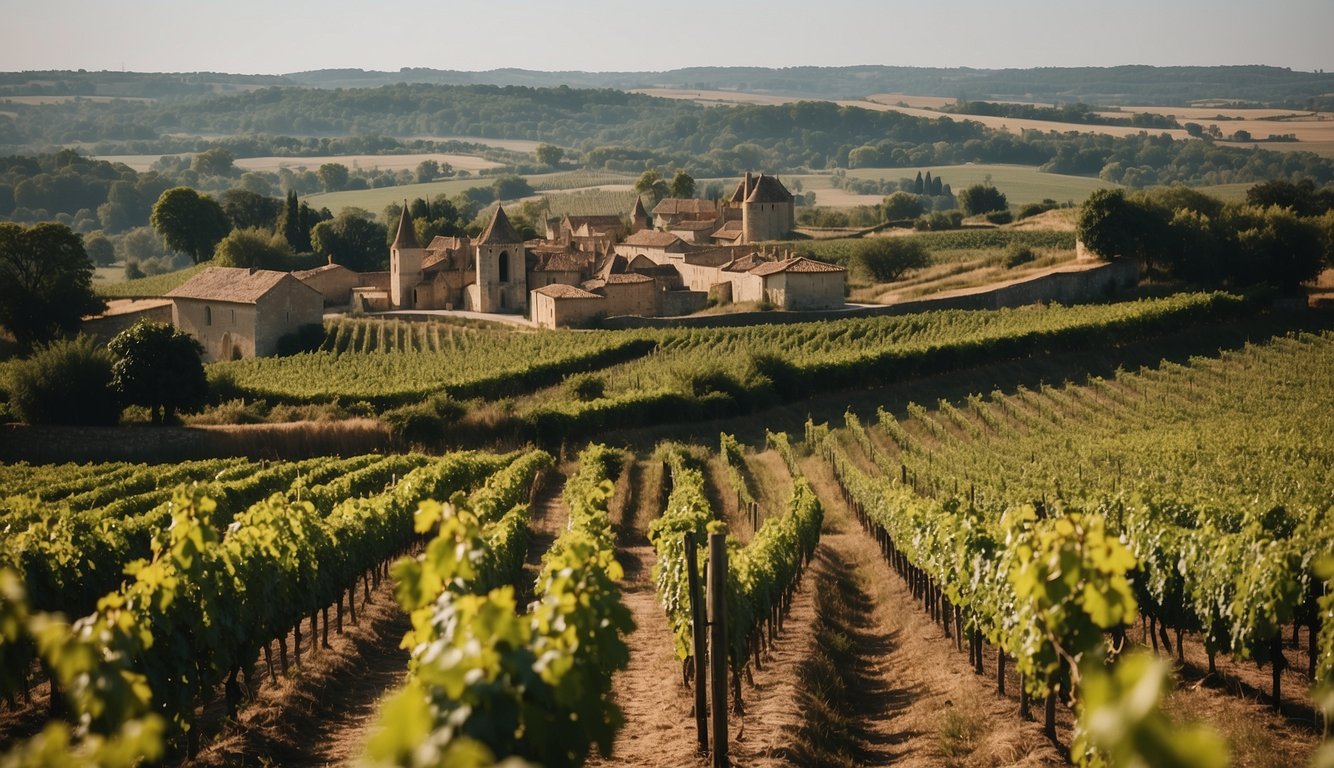
In Bordeaux, the story of wine stretches back nearly two millennia. It began with Roman influence and evolved through key historical figures like Eleanor of Aquitaine and Henry Plantagenet, who opened the region to English trade.
Early Vineyards and Roman Influence
Bordeaux’s wine history begins in antiquity. During the Roman occupation of Gaul, Romans planted the first vineyards in the region. By the 1st century, wine production was flourishing. Julius Caesar himself enjoyed Bordeaux wine, which speaks to its early quality.
The Bordeaux area, rich with fertile soil and a favorable climate, was ideal for viticulture. This Roman era laid the groundwork, shaping the future of Bordeaux wines and their unique characteristics. Trade routes established by the Romans helped the wine industry grow, setting the stage for Bordeaux’s prominence in the wine world.
Eleanor of Aquitaine and the English Connection
The Middle Ages saw a significant boost for Bordeaux wine with Eleanor of Aquitaine. Her marriage to Henry Plantagenet, who later became Henry II, King of England, brought the region under English rule.
This union opened up major trade routes between Bordeaux and England. Bordeaux wines became highly popular in England, greatly increasing demand. Thanks to Eleanor of Aquitaine, the region’s wines reached new markets, further solidifying Bordeaux’s reputation.
Trade flourished, and Bordeaux cemented its place as a significant wine-producing region. This period laid the foundational aspects of Bordeaux’s enduring renown in the world of viticulture.
Golden Age of Viticulture: Classification and Expansion
During Bordeaux’s golden age, significant milestones like the 1855 Classification and advancements in grape growing shaped its reputation. This era highlighted the prominence of various châteaux and innovative techniques in viticulture.
1855 Classification and Notable Châteaux
In 1855, Emperor Napoleon III requested a system to identify France’s best Bordeaux wines for display at the Exposition Universelle de Paris. Wine brokers ranked wines primarily from the Médoc region. This led to the famous 1855 Classification, which remains a benchmark.
The classification recognized top châteaux, including Château Margaux, Château Latour, and Château Lafite-Rothschild. Château Haut-Brion from Graves was also included. These estates gained prestige, solidifying their status as prime wine producers. The classification system emphasized the importance of terroir and quality, shaping global perceptions of fine wine.
Innovation in Grape Varieties and Viticulture
The golden age also saw significant innovations in viticulture. You would find increased experimentation with grape varieties. Cabernet Sauvignon, Merlot, Cabernet Franc, and Sauvignon Blanc became key components of Bordeaux wine production. The region’s terroir proved ideal for these varieties, enhancing the wines’ complexities and flavors.
Advanced techniques improved grapevine health and yield. Châteaux adopted new pruning methods and better pest management, increasing quality. Saint-Émilion was notable for embracing these innovations, helping to raise the profile of its wines. Efforts to document and standardize these practices contributed to sustained excellence in wine production.
Thus, Bordeaux’s golden age was marked by influential classifications and pioneering viticultural methods, ensuring its place as a premier wine region.
Regional Terroir: Geography and Climate
The Bordeaux region benefits from a unique combination of geographical features and climate conditions. These factors together make it an ideal place for grape growing and wine production.
The Gironde Estuary and Rivers
The Gironde Estuary, along with the Garonne and Dordogne Rivers, plays a crucial role in the wine-growing conditions of Bordeaux. The largest estuary in Europe, the Gironde extends approximately 60 miles around Bordeaux, providing a temperate climate and a critical water source.
These waterways help regulate temperatures, protecting the vineyards from extreme weather fluctuations. The proximity to the Atlantic Ocean also adds to the high humidity levels, which are beneficial for certain grape varieties. This combination of factors contributes to the unique character of Bordeaux wines.
The Diversity of Soils and Local Climates
Bordeaux’s terroir is known for its diverse soils. You will find gravel, limestone, clay, and sand throughout the region. Each type of soil impacts the growth of grape vines differently, affecting the flavor profiles of the wines produced. For example, gravel soils are particularly well-draining, ideal for growing Cabernet Sauvignon.
The maritime climate in Bordeaux is another significant factor. The region is generally warm, with average growing season temperatures around 64°F (18°C). The Landes Forest provides some protection from harsh weather, although rain can occur throughout the year, including during harvest. These diverse microclimates help maintain the region’s reputation for producing some of the world’s finest wines.
Challenges and Resilience: Pests and Wars
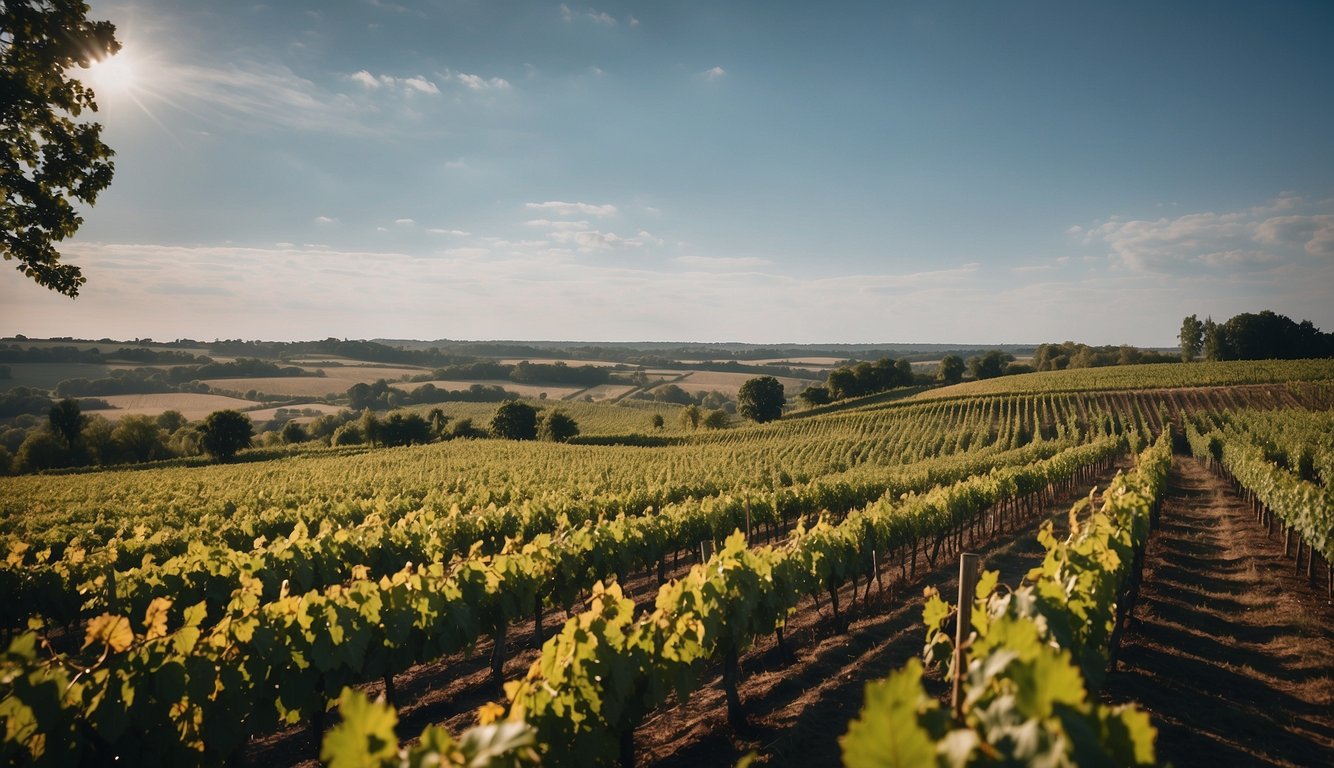
Bordeaux’s wine history faced significant challenges, particularly from pests and wars. The region’s resilience and adaptability, especially during the Phylloxera crisis and various conflicts, played a crucial role in shaping its wine industry.
The Phylloxera Crisis and Grafting
In the late 19th century, Bordeaux’s vineyards were devastated by phylloxera, a tiny insect that damages grapevines by feeding on their roots. This crisis threatened the entire French wine industry, as infected vines began to die at alarming rates.
To combat this, the French government encouraged grafting European grape varieties onto American rootstock, which was resistant to phylloxera. Grafting not only saved Bordeaux’s vineyards but also reshaped viticulture methods. The introduction of powdery mildew further strained growers, but solutions developed during the phylloxera crisis helped manage this challenge as well. New practices and technologies enabled Bordeaux to continue producing its renowned wines despite severe adversity.
War and Its Impact on Wine Trade
Bordeaux’s wine trade has been historically impacted by various wars, including the Hundred Years’ War and the World Wars. During the Hundred Years’ War in the 14th and 15th centuries, the wine trade between Bordeaux and England flourished under English control, significantly shaping Bordeaux’s economy and wine industry.
However, subsequent wars disrupted trade routes and led to economic hardships. The Dutch played a significant role in reviving trade in the 17th century by transporting Bordeaux wines to northern Europe. The World Wars in the 20th century also brought tremendous challenges, with vineyards neglected and trade heavily restricted.
Despite these obstacles, Bordeaux showcased resilience, utilizing periods of peace to rebuild and enhance its global wine market presence.
Modern Evolution: Regulation and Global Influence
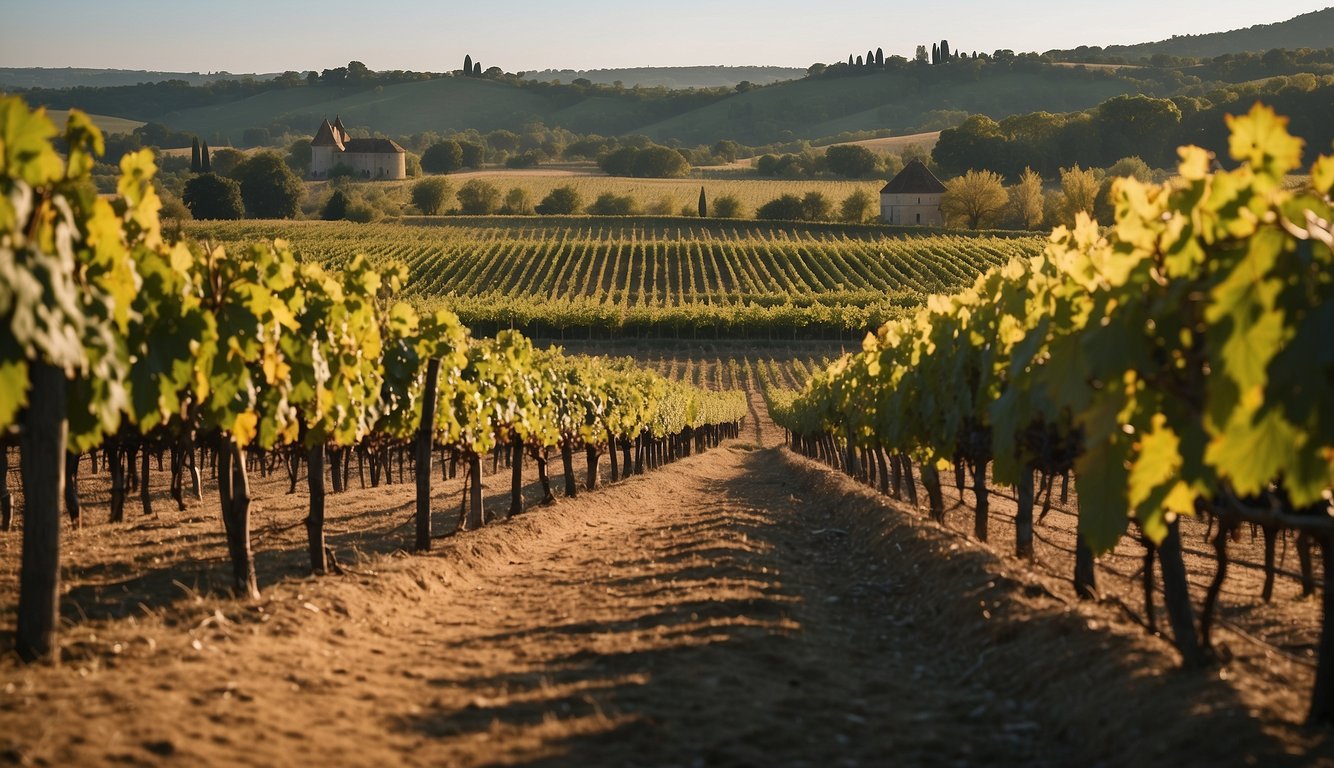
Bordeaux has seen significant changes in both regulation and global recognition. These shifts have shaped how Bordeaux wines are produced, sold, and enjoyed worldwide.
Appellation Control and Wine Laws
In Bordeaux, the Appellation d’Origine Contrôlée (AOC) plays a crucial role in maintaining the quality and authenticity of wines. The AOC system strictly regulates various factors, including grape varieties, vineyard practices, and winemaking techniques. This ensures that each wine maintains its unique characteristics and heritage.
You will find that this regulatory system impacts both red wines and white wines. Specific appellations like Margaux, Pauillac, and Saint-Émilion each have distinct rules to follow. These regulations help preserve the reputation of Bordeaux wines, making them sought after not only in France but across Europe and the USA.
Classification systems, such as the famous 1855 Bordeaux Classification, further enhance the prestige of these wines. This system ranks wineries based on the quality of their wine, ensuring that only the best earn top-tier recognition. For instance, Château Margaux and Château Latour continue to be top names due to these rigorous standards.
Bordeaux on the International Market
The global presence of Bordeaux wines has expanded significantly. Today, you’ll find these wines in virtually every corner of the world. Export markets have been crucial, with Bordeaux wines being particularly popular in North America, Asia, and Europe.
The USA stands out as a significant importer of Bordeaux wines. Here, both high-end and more affordable options are readily available. Wine futures, a practice where wine is sold before it is bottled, also play a vital role in international trade. This allows collectors and enthusiasts to invest in prestigious wines before they officially hit the market.
Bordeaux’s reputation for quality and tradition has solidified its position on the international stage. Even in countries with their own rich winemaking traditions, Bordeaux wines are esteemed and often set the benchmark for excellence. Whether you’re new to wine or a seasoned connoisseur, the appeal of Bordeaux wines remains undeniable.
